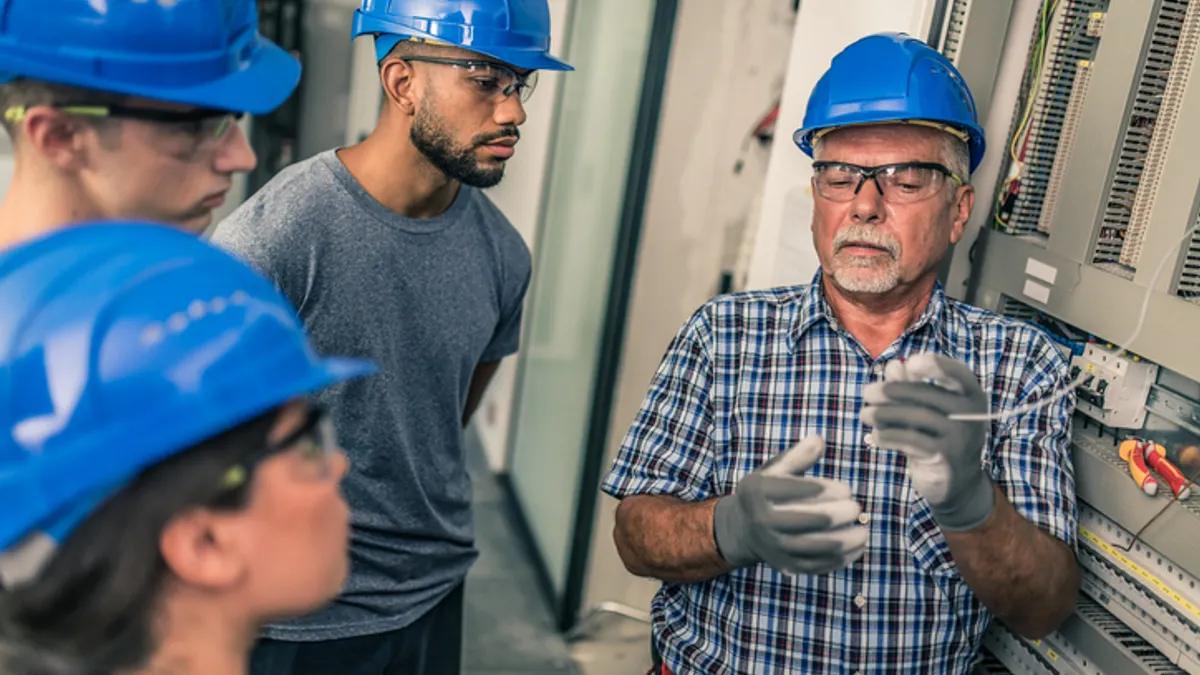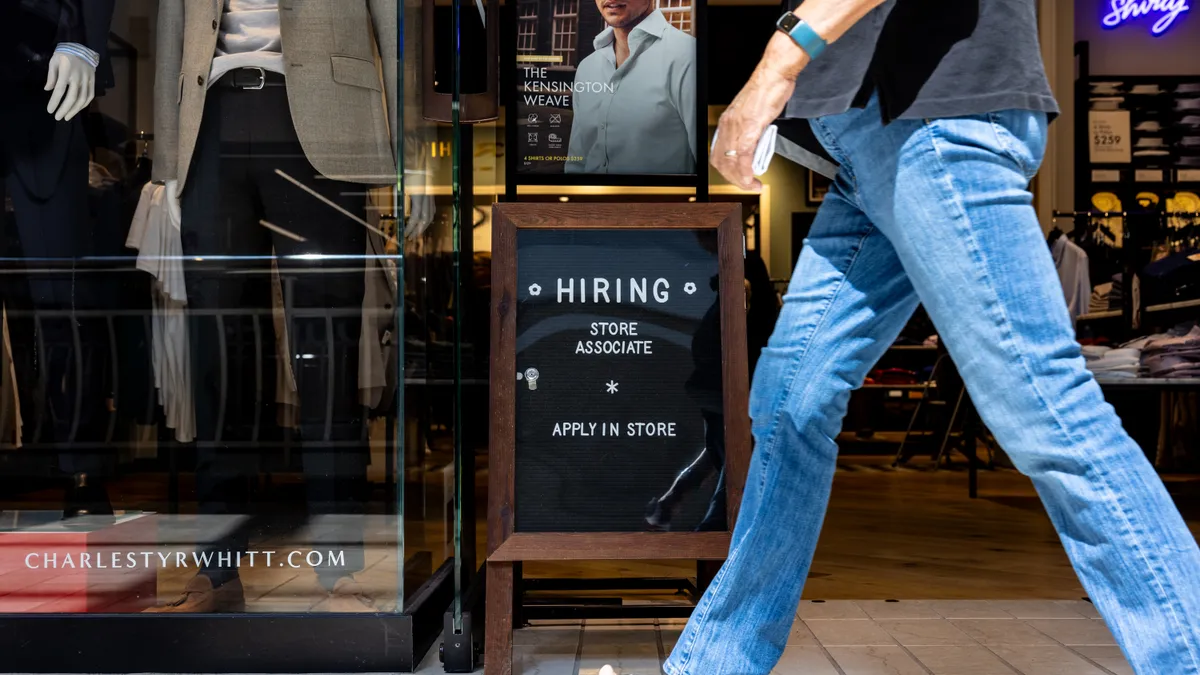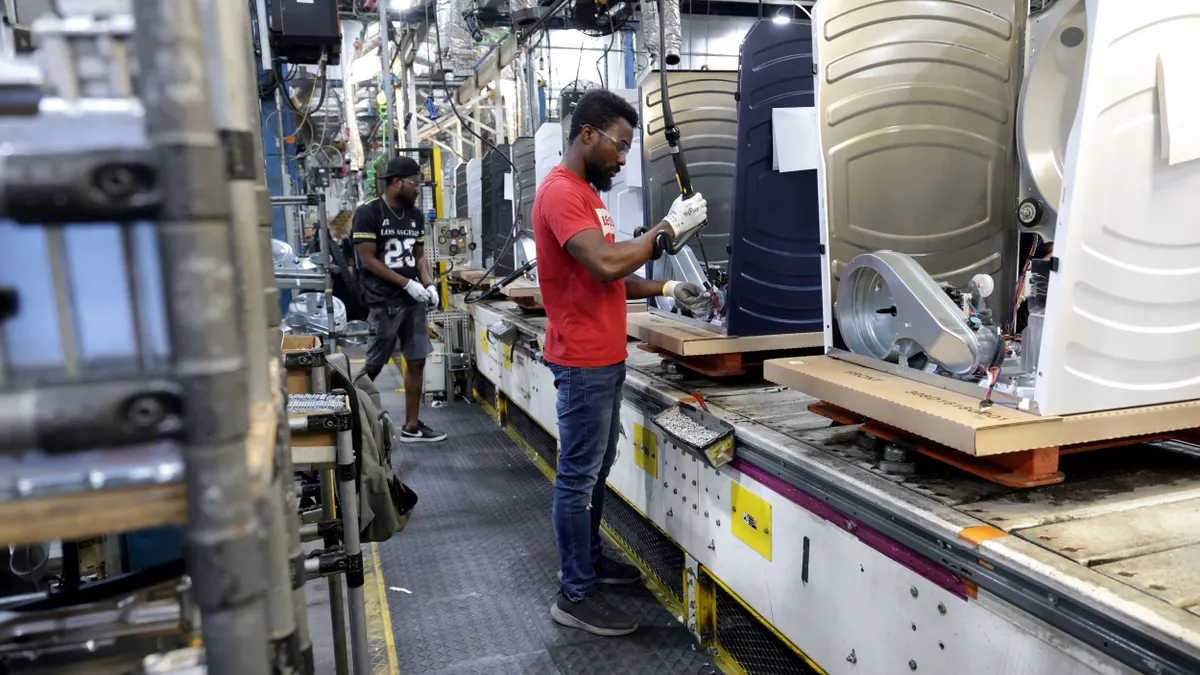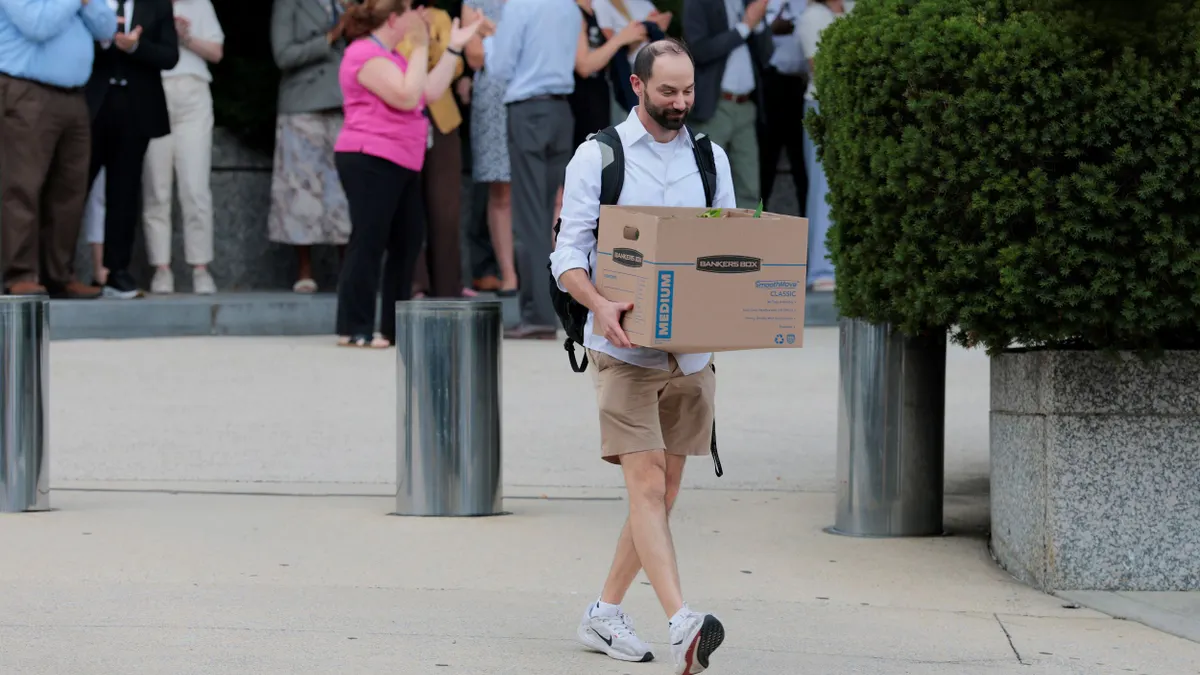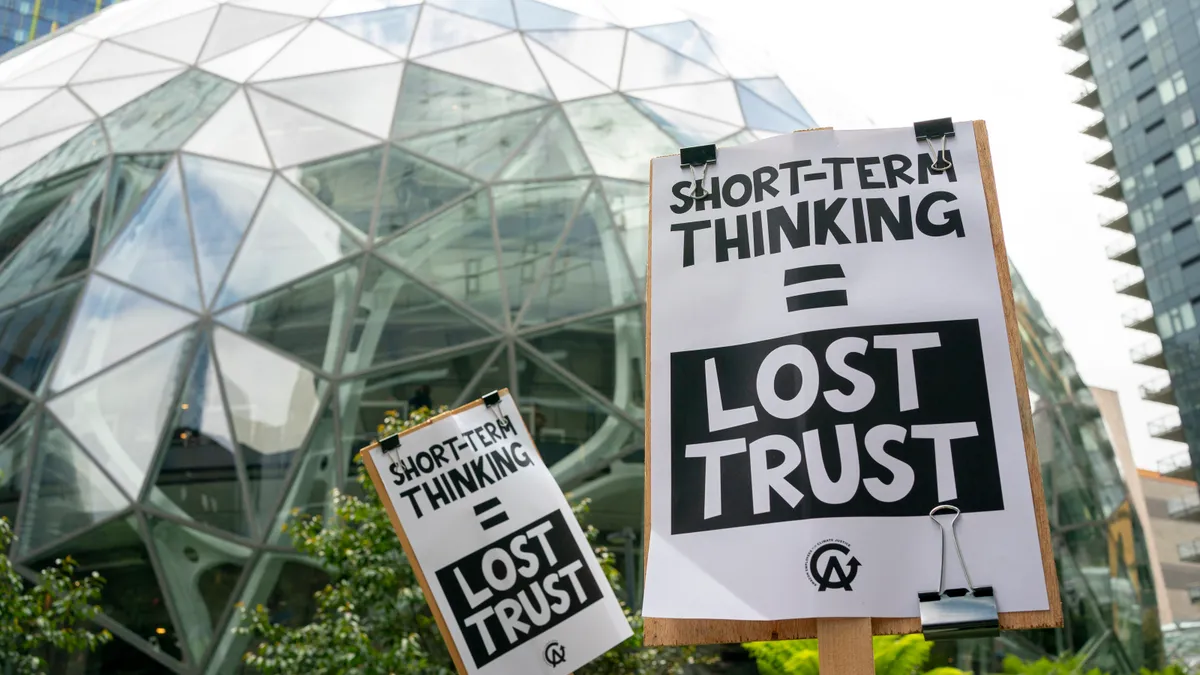In Paul Denham’s view, working in skilled trades is more than a job. It’s a career. An HVAC technician can do good work, rise through ranks and eventually become a project manager, he said.
For many young people, working in skilled trades is increasingly seen as a more appealing option than pursuing a college education and possibly getting saddled with debt, said Denham, president and CEO of Southern Air, an HVAC company based in Lynchburg, Virginia.
“It’s a noble profession to go into,” Denham said. “I think we're seeing the beginning of a trend [in which] people see it as a worthy venture for them to pursue.”
Southern Air has had an apprenticeship program since 1961, but it’s ramped up considerably in recent years, Denham said. Through a partnership with the Central Virginia Community College system, his company is graduating about 100 apprentices a year, he said.
Ramping up apprenticeship programs like this one is a goal of the Trump administration.
As a part of an executive order he announced on April 23, President Trump directed his administration to develop a plan within 120 days to create apprenticeship opportunities for more than one million people.
As part of this effort, the administration’s proposed budget for fiscal year 2026 would require states to spend 10% of U.S. Department of Labor workforce training funds on apprenticeship programs, although the impact of that carve-out could be reduced by a proposed $1.64 billion cut to DOL’s workforce development budget.
The administration’s focus on apprenticeships comes at a time when a shortage of skilled trade persists and young people appear to be more interested in choosing careers where they can use their hands.
The executive order is a good first step but more action is needed, says Steve Hansen, chief operating officer at Legence, a company that provides skilled trades work, including engineering, consulting, installation and maintenance services for buildings.
“When I came into the trades 38 years ago, there were a lot of folks leaning towards the trades,” said Hansen, who began his career as an apprentice in sheet metal work. “It was a good place to go and get a job. And then the tech world really kicked in…. Everybody [wanted to] go to college, go into tech, get a degree, and we saw a gap in our labor force. And so we've got an aging labor force that is on its way out.”
The Bureau of Labor Statistics is predicting that, between 2023 and 2033, there will be 42,500 job openings on average per year for heating, air conditioning and refrigeration mechanics and installers. Many of those openings are expected to result from the need to replace workers who transfer occupations or exit the labor force, BLS says.
To attract more workers, Hansen would like to see the federal government standardize policies around apprentices and unemployment compensation. In California, he said, when apprentices are in unpaid classroom training periods, they can access unemployment benefits. Other states do something similar. What’s needed is something like that across the board, he said.
Nick Haase, co-founder of asset management company MaintainX, said careers in facilities management are increasingly seen as attractive because they offer competitive pay for entry level jobs while also providing a potential career path.
“I think you're seeing a lot of young people who realize that their dreams of being a TikTok influencer doesn't pay the bills,” he said.
Apprenticeships are especially important because competency in facilities management requires hands-on work, he said, and many of the workers who are in the field now are nearing retirement, so there’s a chance for one generation to transfer its knowledge to another one.
Haase said the federal government should “triple down” on investment in apprenticeship programs because it has bipartisan support and federal funding can signal to states, colleges and employers that apprenticeships are a priority. “Apprenticeship isn’t a side project,” he said.
In Virginia, Gov. Glenn Youngkin has made apprentice programs a priority, according to Virginia Works Commissioner Nicole Overley. She said his administration has helped boost apprenticeships from 10,000 to 15,000 in the last few years and is aiming to double the number of registered apprentices in the state by early next year.
As a part of that effort, the state launched a program called the HIRED Apprenticeship Fund that makes $4,000 available for employers to put toward registered apprenticeship training.
“Apprenticeship is proven as an earn-while-you-learn method for individuals,” she said. “It's also really proven to provide benefits to employers as well: culture, retention, even innovation are proven to increase for employers who run apprenticeship programs.”
According to DOL data, 96% of employers reported that apprenticeship programs improved company culture.
“I think it's really seen across the U.S. as a workforce development model that works,” said Overley. “It's one of the oldest, if not the oldest, models that's out there…. We know that employer engagement in the skill building process really helps to make sure that the people come out with the skills that employers need.”


